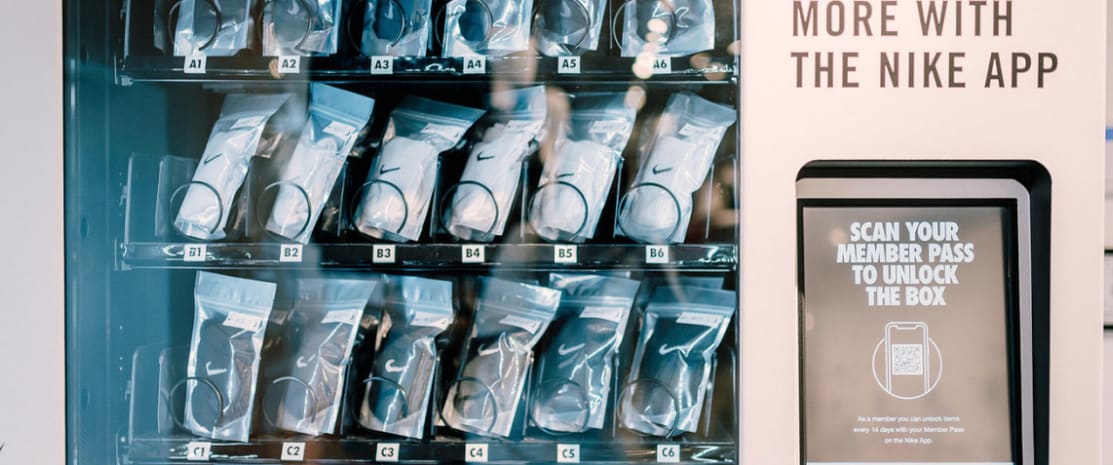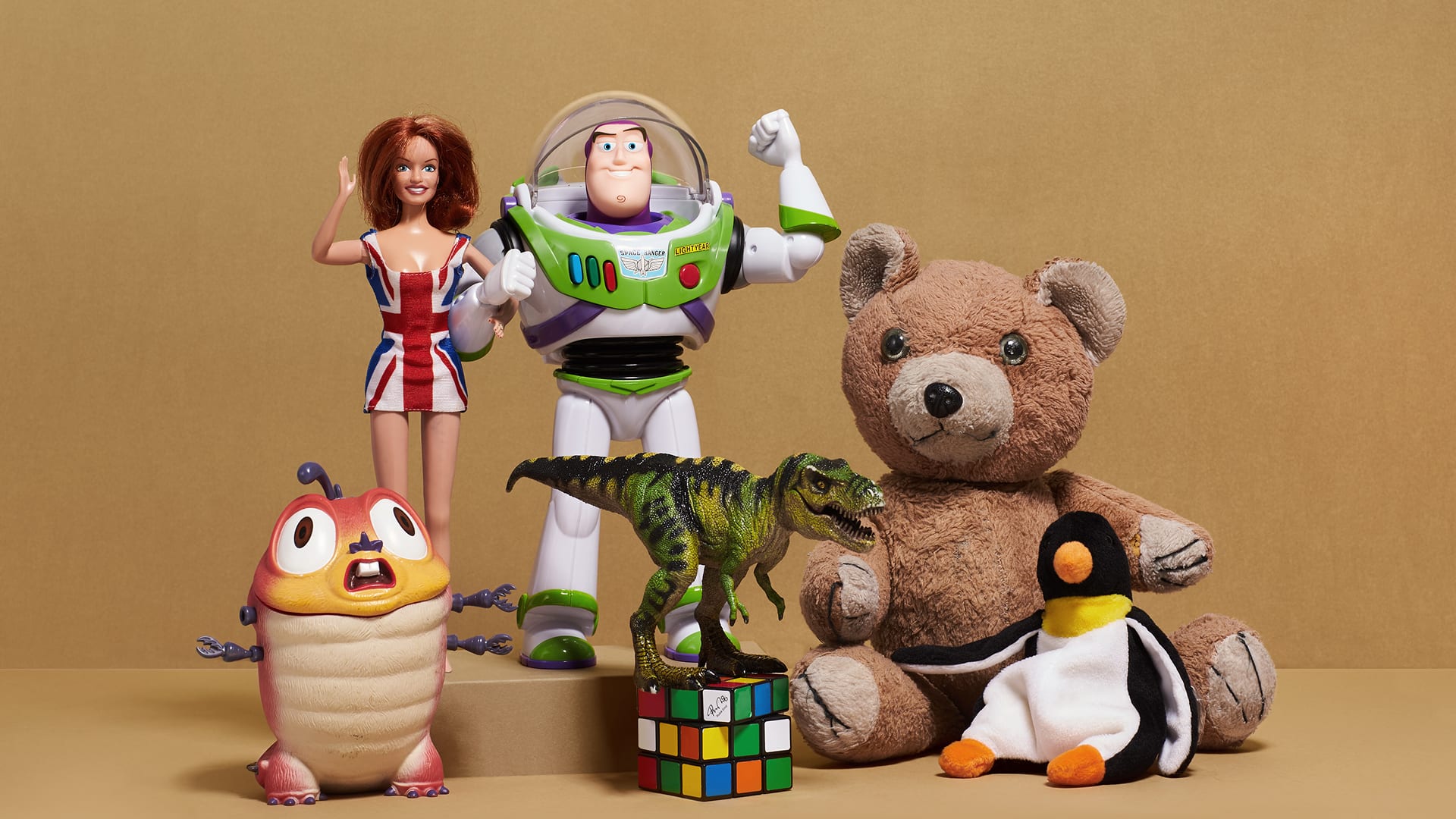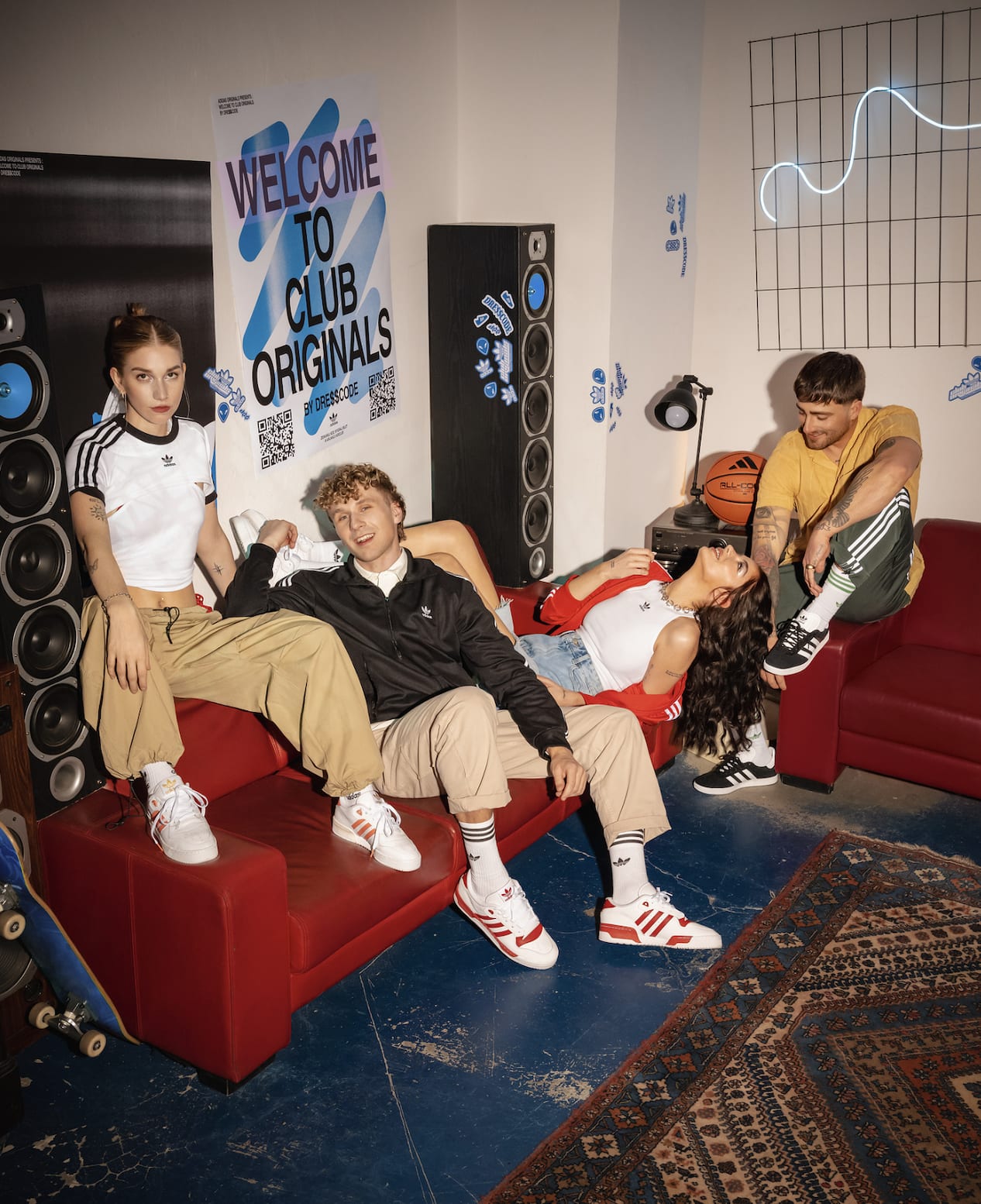Insights
How to get your retail spaces working harder
Charlotte Dawson
08/02/19

We explore the key strategies behind retail innovation and how to make your business work harder
Smart Infrastructure
Designers need to work with you to create that epic space – if it doesn’t increase sales, cover the investment and smash targets, it’s not epic. Materials and finishes don’t sell shoes. So, what does?
Firstly, do what online does well in store. The current online experience inevitably delivers ill-fitting, unflattering clothing 50% of the time with an average returns rate of 40%, 60% of which is on dresses! Trying on 3 and purchasing 1 is the norm. But what the online experience does is get the product and size to you quickly-Amazon is a key example of this seamless efficiency.
In-store consumers have to work hard finding items they like, in their size and seeing if looks good on them, that’s if it’s even in stock or they can find it in the first place. If you haven’t over merchandised, can you get to the consumer before they get tired and give up at any point in the purchase process, even as late as when they arrive at the till! These issues coupled with not perfecting the basics leaves a confused in-store experience and a shopping journey that leaves customers feeling disappointed with ‘nothing to wear’ some of the time.
The focus on service and bespoke communications will become ever more important to ensure a convenient, efficient and enjoyable shopping experience. Store staff and stores need utilise tools and data to enable swift sizing finds, quick stock replenishment, style recommendations (especially in the changing rooms), and improve personalised services. Facial recognition, i-beacon tracking, dynamic communications and smart mirrors all make huge differences to product relevance and by consequence, basket size. Data should be used intuitively to create experiences that react intelligently, getting the right product in front of the right consumer. The fact we call them “changing rooms” not “styling rooms” – immediately gives a negative, dated semantic – even experiences like the fiitng room should be personalised, up to date and intuitive for the customer.
Nike are an example of a brand who are particularly successful when mirroring the ease of their online experience, offline. Their recent pop-up shop in Atlanta seamlessly merges its digital and physical shopping experiences. Inside the store customers can pick up trainers that Nike launch via their Shock Drop feature on SNKRS. For these random releases, Nike use geo-fencing to target anyone within a 25-mile radius of the store, offering access to limited edition product in this location.
Data that works this intuitively allows staff to do their job, serving, conversing and advising. So, it could be said, certainly in Nike’s case that seamless service sells the shoes…
Flexibility
Flexible retail spaces that don’t require long lease term agreements are on the up. Top Shop’s marketplace style pop-ups orchestrated with the help of Appear Here, works well for both brand and consumer, but as a retailer, replacing one store with another requires a lot of effort.
It is both agility, adaptability and collaboration with landlords that will lead to a successful leasing strategy. Landlords want successful tenants and need to seriously look at their model.
We worked with British Land, to develop a flexible infrastructure for tenants and landlords that not only allowed fluidity but considered both success and seasonality. Agile contracts like these also need agile design to ensure success. There needs to be consideration of space, cost and season. Havaianas and Speedo, for example may be willing to pay a premium to capture the attention for the summer market, whilst Hunter want Autumn, and Mattel and Pandora desire the Christmas period..
Collaboration is another important element here. Brands should consider partnering with aligned brands to utilise space. The automotive industry is a perfect example of how this could be implemented – as car brands begin to sell power, they could use short lease spaces like this to grow their home offer and living experiences, providing consumers with a versatile approach to car ownership and a divergent offering in home experiences and contract supply (power, heating, digital, streaming etc).
For a space like this to be worthwhile several elements must work in harmony, the landlord, the brand, the retailer (even if they are the same company) and finally, the consumers and community must all be considered
Dynamic Communications
The same flexibility and adaptability is true of consumers and the community too. To keep up, operations in retail must use the available data, tracking customers interests and behaviour and deliver relevant content. Subjective opinion of what customers do now just isn’t enough; is usually out of date and the subsequent dialogue lacks relevance. Communication in-store should now be more dynamic than ever, tracking consumers though a space from windows to point of purchase and beyond.
This data also provides agility, allowing brands to respond quickly to news, trends and changing behaviour of individuals and groups. They are therefore able to change the dialogue through digital content, both on screens, in-store and directly to consumers phones which can inform promotional activity in and out of store. The Sports Direct flagship in Thurrock designed by us at The One Off is the best example of this in action, a 9,290 sq. ft space of digital conversion.
Big data and AI…the growth of the bespoke, curated space
As the data collated on each consumer archetype and service performance improves, friction points in physical retail spaces such as basket dumps at the till points and stock shortages can be avoided. These in-store frustrations can be resolved using design to empower sales staff giving more time and freedom to be more human in their interaction with customers, because they have the time to do so.
Alibaba are an example of a brand using AI to their advantage in-store – they are testing a new concept in which they use AI to anticipate visitors every wish. Shoppers can use a virtual shopping cart to add items to the fitting room, check stock via virtual mirrors, and even receive personalised suggestions on their look. This service quality and expectation of personalisation will soon become the norm, leaving traditional retail behind.
The smart phone is key in this process, providing consumers with the option to communicate with brands, understand trends and form opinions, so brands should use it to their advantage. Connect the digital dialogue in-store to the social media habits of your customers to create a seamless conversation which encourages them to join the brand dialogue. This not only increases engagement but creates a sense of brand ownership which in turn promotes loyalty.
All the senses
“And then we get sensory overload!” “That would be terrible.” “We will never get there.”
We are already there and our attitudes are polarised by generation. Our capacity for content has reached its peak and therefore brands will need to use a variety of techniques to excite the senses, from acoustic branding, sound showers to reactive lighting and smell. All will become more important to gain cut through, faster communication and create memorable retail experiences.
We are familiar with the coffee smells in café’s or the smell of bread at the doors of a supermarket. Lush use smell to entice you in, and I even remember the smell of coconut in a Tui flagship to make customers feel like their holiday had already begun. The real draw of this technique is an all-encompassing experience. By communicating in a way which stimulates all of the senses you are able to create a richer in-store experience, encouraging longer dwell time and ultimately brand love.
These should be moments for customers to remember and brands should utilise all the media available to them, however this should not be at the detriment of the product and availability. More avant-garde brands are already presenting experiences which remove stock to make way for sensory moments, personally I am not convinced by this approach, but the best examples of these experiences will increase both dwell time, improve enjoyment, brand love and if you keep the stock there and do the basics perfectly, you’ll drive spend.
All channels work but not for everyone
The move of some online retailers to physical spaces is growing. Brands have the appetite, the budget and the insight to grow their market share and get to know their customers better. But physical and digital are worlds apart. Primark for example have still not made the move to e-commerce and rightly so. Clear focus on value means they cannot afford to currently.
Their strategy to provide fashion at the lowest price means that their store estate must be worth the visit, large, local for customers, well stocked and efficient. Mature retailers like Primark, then add the glory, but that’s after they get everything else right. The closure of Missguided’s Westfield flagship is a message to all brands that the ‘build it and they will come’ strategy is not enough. Retailers cannot rely on aesthetic, materials and on trend finishes. Making stores look good isn’t so hard. Making them work profitably is. That needs the designers and commercial teams to work together. Everything should be aligned to work successfully and cover the huge rental and people costs.
The complicated and fast moving nature of retail means that brands can’t afford to take their foot off the gas when implementing innovative strategies in store or turn a blind eye to trends affecting the retail sector. Get a partner you can trust and allow the team to have constructive, commercial, well researched discussions with a broad cross functional team… including the customer. Then spend your money wisely and keep evolving.
If you want to get in touch about how you can ensure that your brand is both innovative and disruptive, email me.


